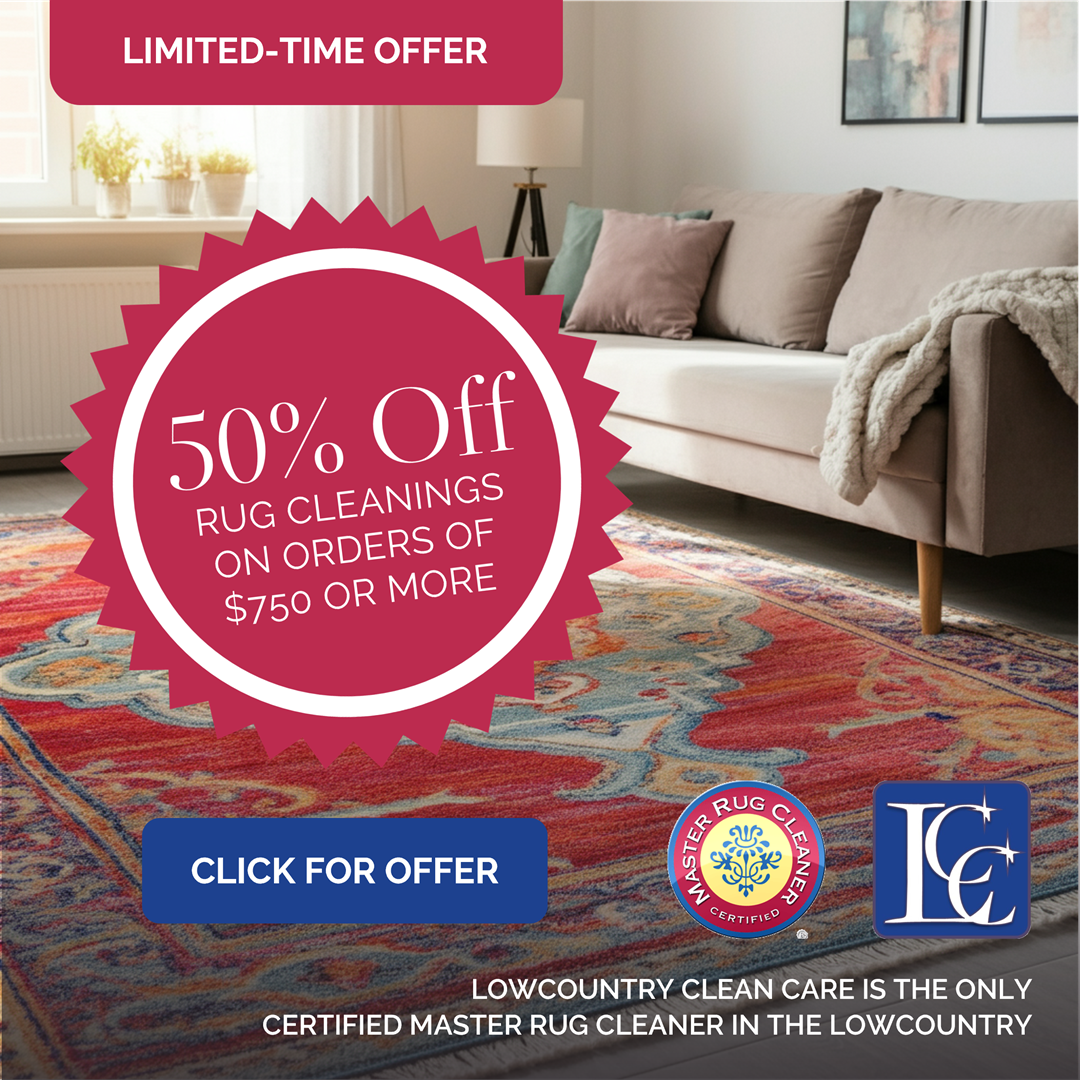Here’s the scene: A few years ago you purchased a matching set of wing-backed chairs – beautiful fabric, expensive, perfect to complete your carefully planned interior décor.
Now that inevitable time comes when soiling takes its toll, and the chairs need cleaning. Naturally, you call your friendly, professional cleaner; after completing a few mysterious tests, you are informed that the fabric isn’t colorfast, and he can’t guarantee the outcome of the job.
“But,” you insist, “that can’t be. I purchased the best, most-expensive fabric the salesman had to offer!” True enough, so what’s the scoop?
Really, there’s little excuse for dye bleeding during cleaning with modern dye technology. However, some fabric manufacturers (not your furniture retailer) attempt to save money by using inexpensive dye systems that may bleed. Testing identifies most problem fabrics, and cleaners modify procedures to avoid them. Alas, some are “delayed bleeders” and can’t be detected until too late.
An Ounce of Prevention?
So what can you do to avoid fabrics with fugitive dyes?
Selection is critical, so start by reading labels to determine fiber content and fabric type. Primary culprits are:
Jacquard weaves with rayon or acetate yarns providing accent color patterns,
Nylon prints and even some cotton prints (usually darker colors), and
Furniture with fabric combinations of contrasting colors (dark-colored piping highlighting a light fabric overall).
Solid colors, Herculon fabrics, fabrics containing polyester or acrylic fiber, and cotton chinz with lightly colored patterns are usually safest.
When shopping for upholstery, I’d advise taking along a small bottle of water-based fabric spotter (ammoniated) and some white cloth. Simply select an inconspicuous area (back of the cushion near the zipper) and test by wetting your cloth with spotter and holding it in contact with the darkest color in the material for about two minutes. Most fugitive dyes will transfer by then.
The salesperson will think you’re a little strange, but you could avoid an unnecessary problem in the future when cleaning is required – you might even teach the salesperson something.


